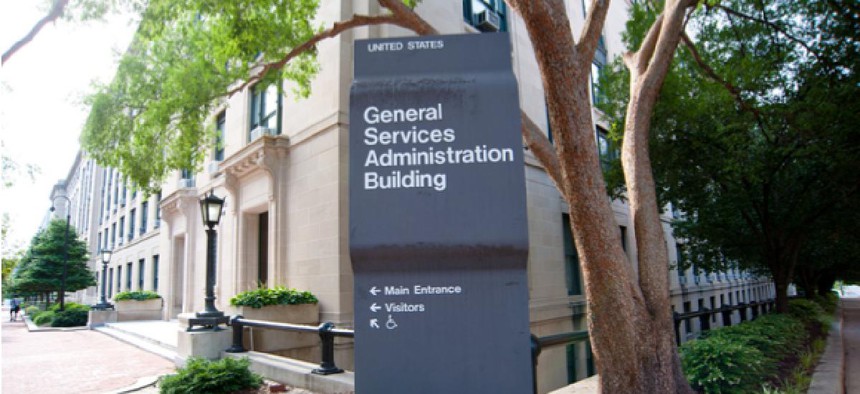Despite challenges, Federal Acquisition Service leaders remain confident in their big telecom contract, ecommerce portal plans and transactional data initiative.

Despite some hurdles, Federal Acquisition Service leaders remain confident in their agency's ability to move ahead with its e-commerce portal effort, a $50 billion telecommunications contract and transactional data reporting pilot.
The e-commerce portal plan took a hit when Congress pushed back on a proposal backed by the General Service Administration officials to increase the civilian micro-purchase threshold to $25,000 from $10,000.
The increase would make using e-commerce portals easier and more attractive to federal buyers and a key to the portal initiative, according to GSA.
The request for increase was not included in the final National Defense Authorization Act, although the bill does increase the Defense Department's micro-purchase threshold from $5,000 to $10,000, to match civilian spending authorities.
The agency has been working with Congress on finding ways to increase the micro-purchase limit, FAS Commissioner Alan Thomas, told FCW at an Association for Federal Information Resources Management event on July 26.
The year-old Enterprise Infrastructure Services contract, which faced a sluggish initial reception from federal agency customers, is benefiting from the Trump administration's IT modernization push, according to Thomas and Kay Ely, assistant commissioner, in FAS' Office of IT Category.
"The momentum has changed dramatically" around EIS, said Ely, who was also at the AFFIRM event. More outreach by FAS to federal agencies to help connect them with the 10 prime contractors on the vehicle has also helped push the contract into agencies looking to hit IT modernization goals.
"The conversation with agencies has changed. We're seeing statements of objectives, not statements of work," she said, noting the objectives have an eye towards transforming agency telecom and IT.
Agencies have also faced challenges crafting transition plans from their old telecommunications contracts to EIS by the 2020 deadline, prompting talk among federal IT officials, as well as EIS contractors, to call for an extension.
Ely said a transition extension could be in the cards for some agencies if they put the work into transforming their networks, rather than aiming for a "like-for-like" replacement through EIS.
"We know in the back of our mind that extensions are out there," she said. If agencies go for a traditional, non-transformational approach, Ely said, they can craft that "like-for-like" solution through EIS by the deadline.
The day before the AFFIRM panel on July 26, the GSA inspector general issued a report critical of the agency's Transactional Data Reporting pilot program. The pilot is intended to voluntarily collect pricing data, including prices paid by government customers, for products and services sold under GSA contracts. The data could even out pricing for federal buyers.
The IG report said the pilot's metrics won't allow the agency to accurately measure how TDR data could improve the value of the agency's multiple award schedules. It lacks performance targets, and a majority of metrics depend on data that is not available for use.
The IG recommended GSA set performance targets for each metric used in the pilot and make sure the data is available and accurate.
Thomas said GSA was "appreciative" of the IG report feedback on the 36-month long TDR pilot, saying his agency was only halfway through it. It is "just getting to the point where data can be harnessed" with it. "We may make some tweaks based on the report," he said.
NEXT STORY: DOD adds $1.1 billion to health record contract






